- B-Stock Polish Pottery – Sorted & Unique
- Bowls
- Butter Dishes
- Mugs
- Plates
- More
- Jars

- Outlet

- Baking Dishes made of Boleslawiec Pottery

- Polish Pottery Platters – Wide Selection of Shapes & Sizes
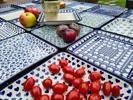
- Jugs & Pitchers – Wine, Water, Juice, Milk – Polish Pottery
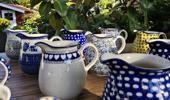
- Wintry

- Decoration
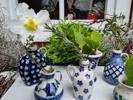
- Teapots & Coffee Pots in Bolesławiec Polish Pottery

- Artists
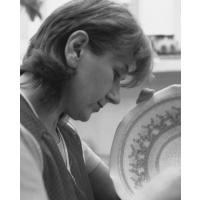
- Faith – Christianity – Polish Pottery

- 1000 and a cup
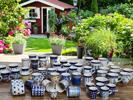
- Custom made

- Exclusive Polish Pottery
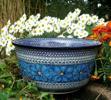
- Gift Voucher for Polish Pottery – Give Handcrafted Quality

- Over 4600 Polish Pottery Patterns

- Unique pieces Polish pottery
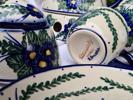
- Polish Pottery Sets & Second Choice – Beauty at a Great Price
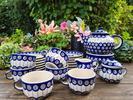
- Saucier – Cooking with Polish Stoneware

- Soup Kitchen – Polish Pottery

- Complete service

- Exhibition Room
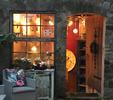
- Bathroom & WC – Polish Pottery by Ceramika Artystyczna

- Pizza Baking – Polish Pottery

- Vases in Polish Pottery – Ceramika Artystyczna
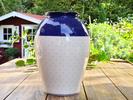
- Chef Pâtissier – Sweet and Savoury – in, on and with Polish Pottery

- Garde-Manger – Cooking with Polish Pottery Tableware

- Plongeur – Cleaning Polish Pottery Tableware

- Rôtisseur – Cooking with Polish Pottery

- Polish Pottery Sets at Discount Prices
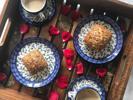
- For the Danish Kitchen – Ceramic Tableware

- Grillardin – Grilling, Smoking & Barbecue with Polish Pottery

- Bulk Discount – Save on Polish Pottery
- Customer Service & FAQs – Polish Pottery
- Sweet Dreams

- For the German Kitchen – Polish Pottery Tableware

- The History of Polish Pottery
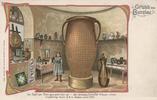
- For the Polish Kitchen – Polish Pottery

- For the Spanish Kitchen – Polish Pottery

- Ceramika Artystyczna - The Queen of Polish Pottery Ceramics

- Dishes for lovers

- Polish pottery gallery

- Sustainability

- Polish Ceramics from Ceramika Manufaktura

- Breakage-Free Guarantee – Safe Delivery of Your Polish Pottery
- Polish Pottery – Safe, Food-Safe & Everyday-Ready
- Reorder Guarantee – Your design available for many years
- Cookbook – Recipes and Cooking with Polish Pottery by Gourmet Chef Christian Kindervater
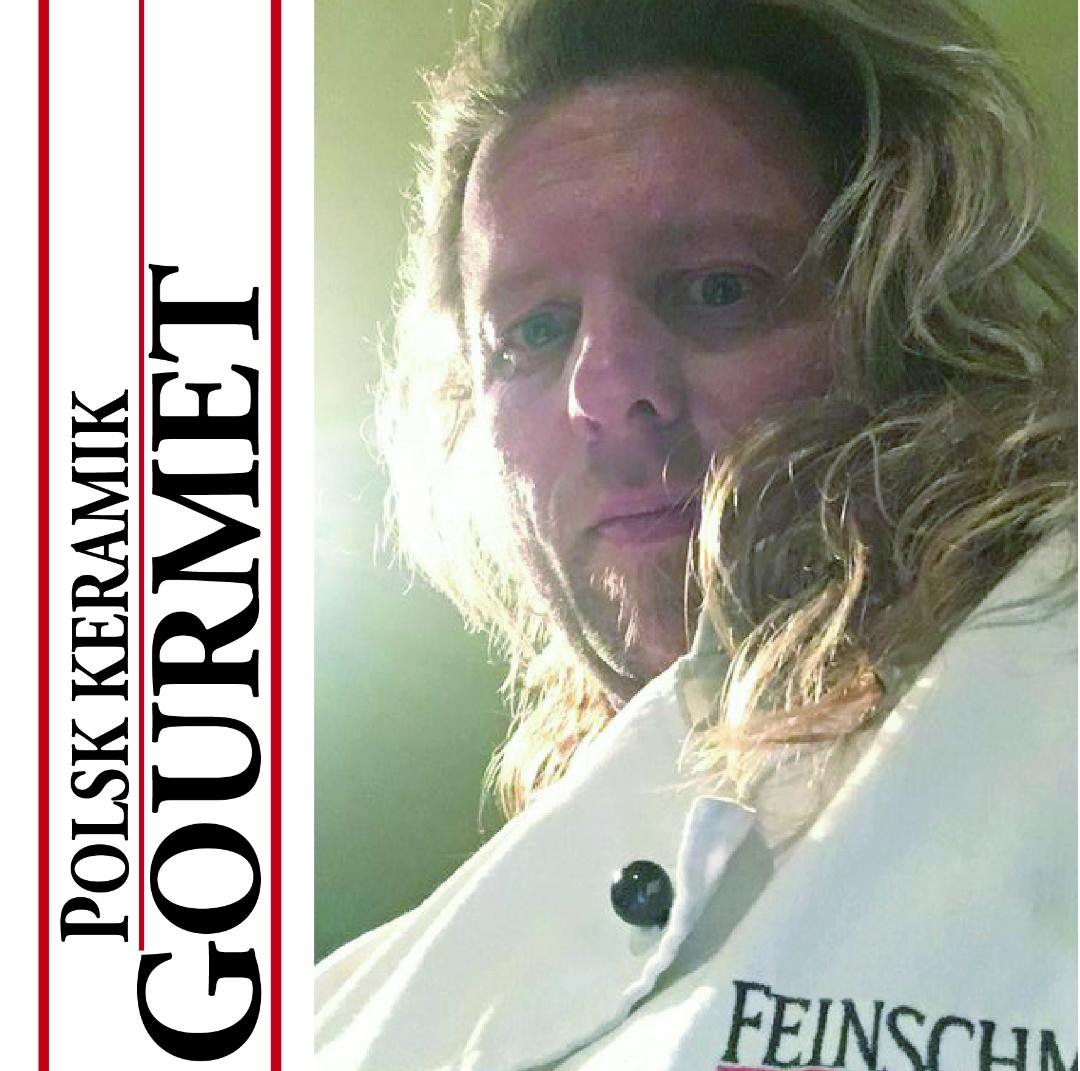
- Special Shipping Requests

- Gift Wrapping – Polish Pottery

- Trusted Shops Buyer Protection – Excellent Shop – Certified for 17 years (since 15/05/2008) – Bunzlauergrosshandel.de

- Jars
Polish Pottery Mustard Jar – There’s No More Beautiful Way to Serve Mustard
This mustard jar can be filled with up to 200 ml of mustard, is 11 cm high, and is truly beautiful. Whether for breakfast, lunch, or on a party buffet, the Polish pottery mustard jar will always be a real eye-catcher.
Even the Egyptians, Greeks, and Romans valued mustard for its pungency and medicinal properties. The first “modern” mustard recipe probably originated in medieval France, where ground seeds were mixed with vinegar or wine. The city of Dijon became the center of mustard production, and the famous “Dijon mustard” is still known around the world.
Mustard is made by grinding yellow, brown, or black mustard seeds and mixing them with liquids such as water, vinegar, or wine. Depending on the recipe, additional ingredients, and the production method, a wide range of different mustards can be created.
A classic medium-hot mustard is the base for many German dishes and is made from yellow mustard seeds, giving it a mild flavor. Dijon mustard is a French classic, hot and aromatic, made from brown seeds and white wine. Sweet mustard is especially popular in Bavaria and is made from brown or black seeds with added sugar, often served with Weisswurst. Coarse-grained mustard is only partially ground and has a rustic texture. Honey mustard and fruit mustard are refined with honey, lingonberries, figs, or other fruits and are perfect as a dip or with cheese.
Mustard’s sharp flavor comes from what are called mustard oils (isothiocyanates), which are released when the seeds come into contact with water. These compounds have antimicrobial properties and stimulate digestion. In modern cuisine, mustard is not only appreciated as a condiment but also as an ingredient in sauces, dressings, and marinades.
Mustard in Gastronomy:
Mustard is indispensable in international cuisine. In gourmet restaurants, it is served in creative variations as a dip with cheese, fish, or meat, as an ingredient in vinaigrettes, sauces, and mayonnaises, or as a base for marinades. Classic dishes such as bratwurst with mustard, Weisswurst with sweet mustard, or roast beef with coarse-grained mustard are culinary highlights of European food culture.
Our Polish pottery jars provide the perfect setting for serving and storing mustard in style. Thanks to the special spoon slot in the lid, your table stays clean and the spoon is always at hand – ideal for daily use, buffets, and festive occasions.
Tip: The jar is not only suitable for mustard but also for honey, jam, lingonberries, mayonnaise, sugar cubes, or rock candy. Each jar is unique and makes a special gift for anyone who appreciates traditional craftsmanship.
The History of Mustard
Mustard is one of the oldest known spice plants and has been used for over 3,000 years. The mustard plant belongs to the Brassicaceae family (the cabbage family) and is closely related to cabbage, radish, and cress.
In ancient times, mustard seeds were cultivated in India, China, and Mesopotamia. In Egypt, around 1500 BCE, mustard seeds were used both as a spice and a medicine. Hippocrates recommended mustard in ancient Greece as a remedy for inflammation and pain. In the Roman Empire, around 100 CE, the Romans created an early mustard paste by mixing crushed seeds with grape must, also known as "mustum ardens" – burning must. In the Middle Ages, around the 9th century, Charlemagne encouraged the cultivation of mustard in Europe. From the 17th to the 19th century, Dijon became the world’s center for mustard production.
Mustard Varieties and Their Differences
There are three main types of mustard plants, each with its own flavor and intensity. White mustard has yellowish seeds, a mild and slightly nutty flavor, and is the least hot. Brown mustard has brown seeds and a spicy, moderately hot taste. Black mustard has black seeds with a very hot and intense flavor.
Popular types of mustard include Dijon mustard from France, which is finely ground and flavored with white wine or verjuice; Bavarian sweet mustard from Germany, rich in sugar or honey; English mustard, which is sold as a powder and is very hot; American mustard, which is mild and slightly sweet; and Creole mustard from Louisiana in the USA, which is fermented with vinegar and spices.
Scientific Aspects
Mustard’s heat comes from enzymes. The plant contains glucosinolates, which are converted by the enzyme myrosinase into spicy compounds like allyl isothiocyanate. Mustard has antibacterial, digestive, and anti-inflammatory properties. Thanks to vinegar or wine, mustard can be stored for a long time, as these liquids inhibit the growth of microbes.
Recipe for Homemade Dijon Mustard
You will need:
100 g yellow mustard seeds, 50 g brown mustard seeds, 150 ml white wine (or apple cider vinegar), 50 ml water, 1 teaspoon salt, 1 teaspoon sugar or honey, and optionally 1 teaspoon turmeric for color.
Soak the mustard seeds in white wine and water for 24 hours. Then blend the mixture to your preferred texture, either coarse or smooth. Stir in the salt, sugar, and turmeric if using. Pour the mustard into a sterilized jar and let it mature for one week – the sharpness will mellow with time.
Conclusion
Mustard has a history that spans thousands of years and combines culinary tradition, science, and health. Despite industrial production, homemade mustard remains an aromatic and personal specialty.








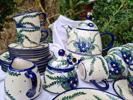
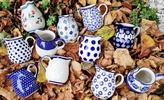
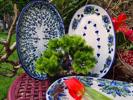



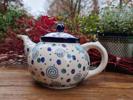

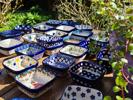
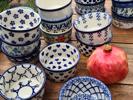
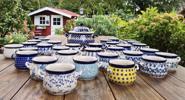
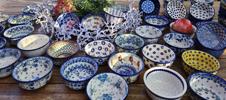
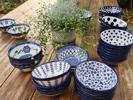
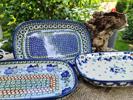
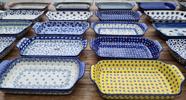
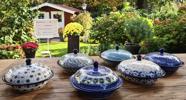

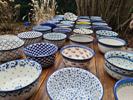



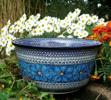

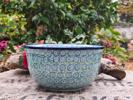
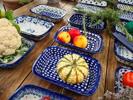
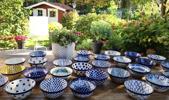
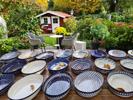
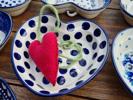
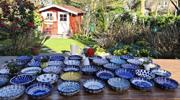
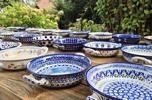

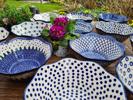
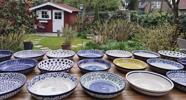


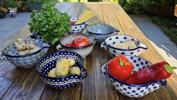
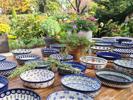





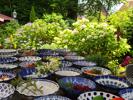





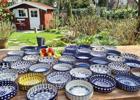
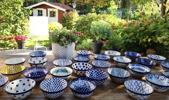

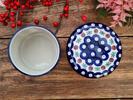





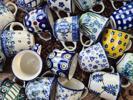



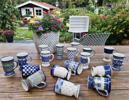
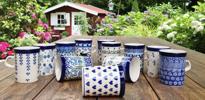

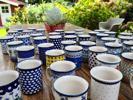




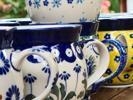



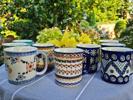



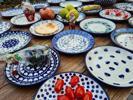
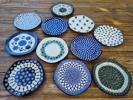

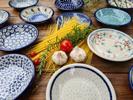
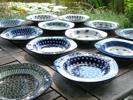
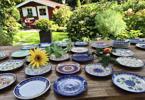

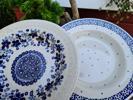
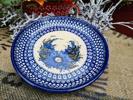

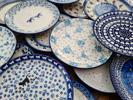
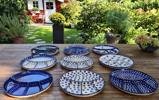
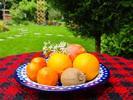
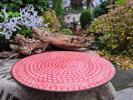
 Plenty Lions
Plenty Lions